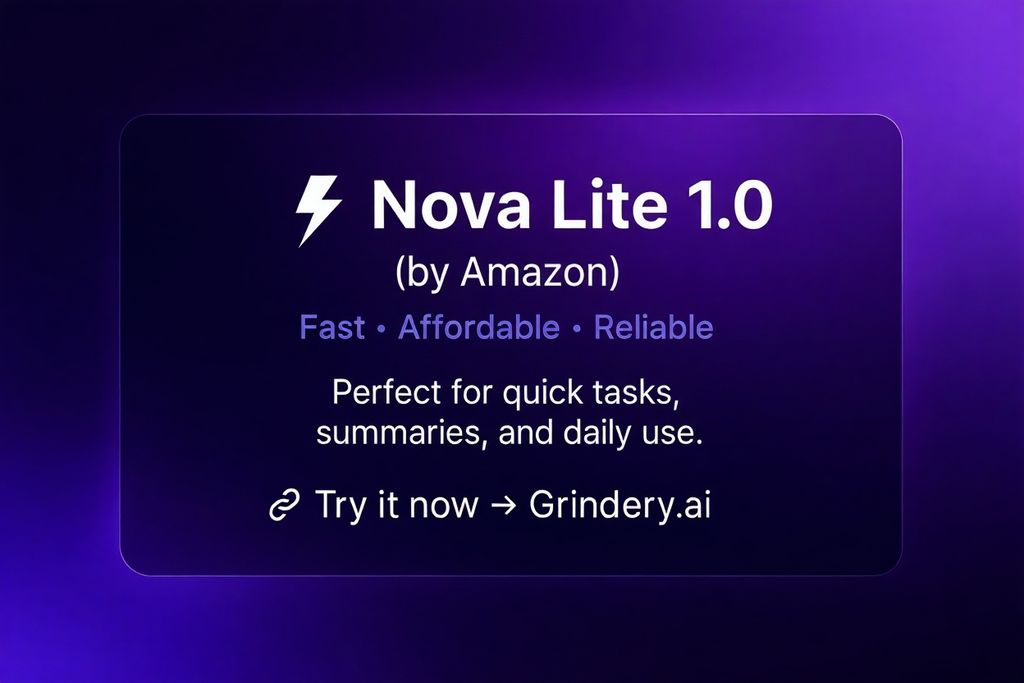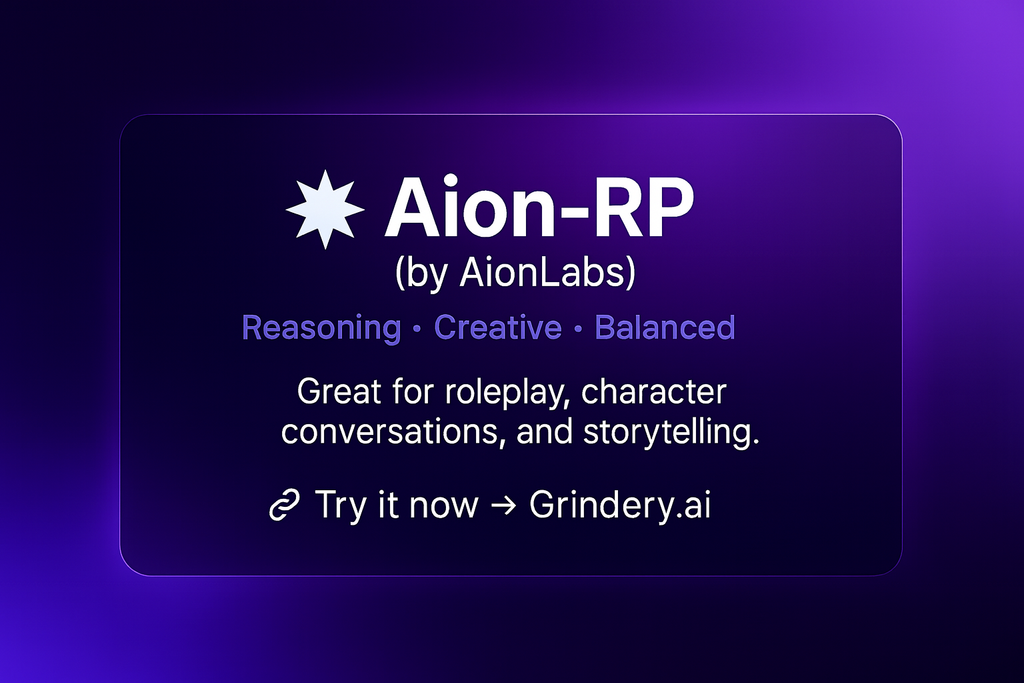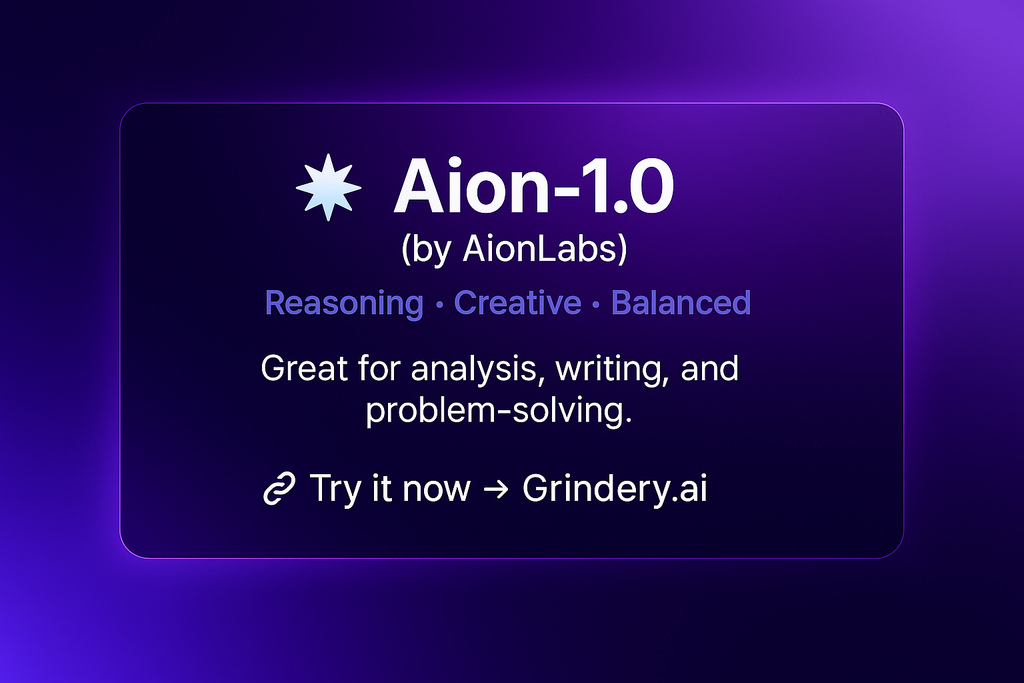Agents vs. Workflow
The Evolution of Integration and Automation
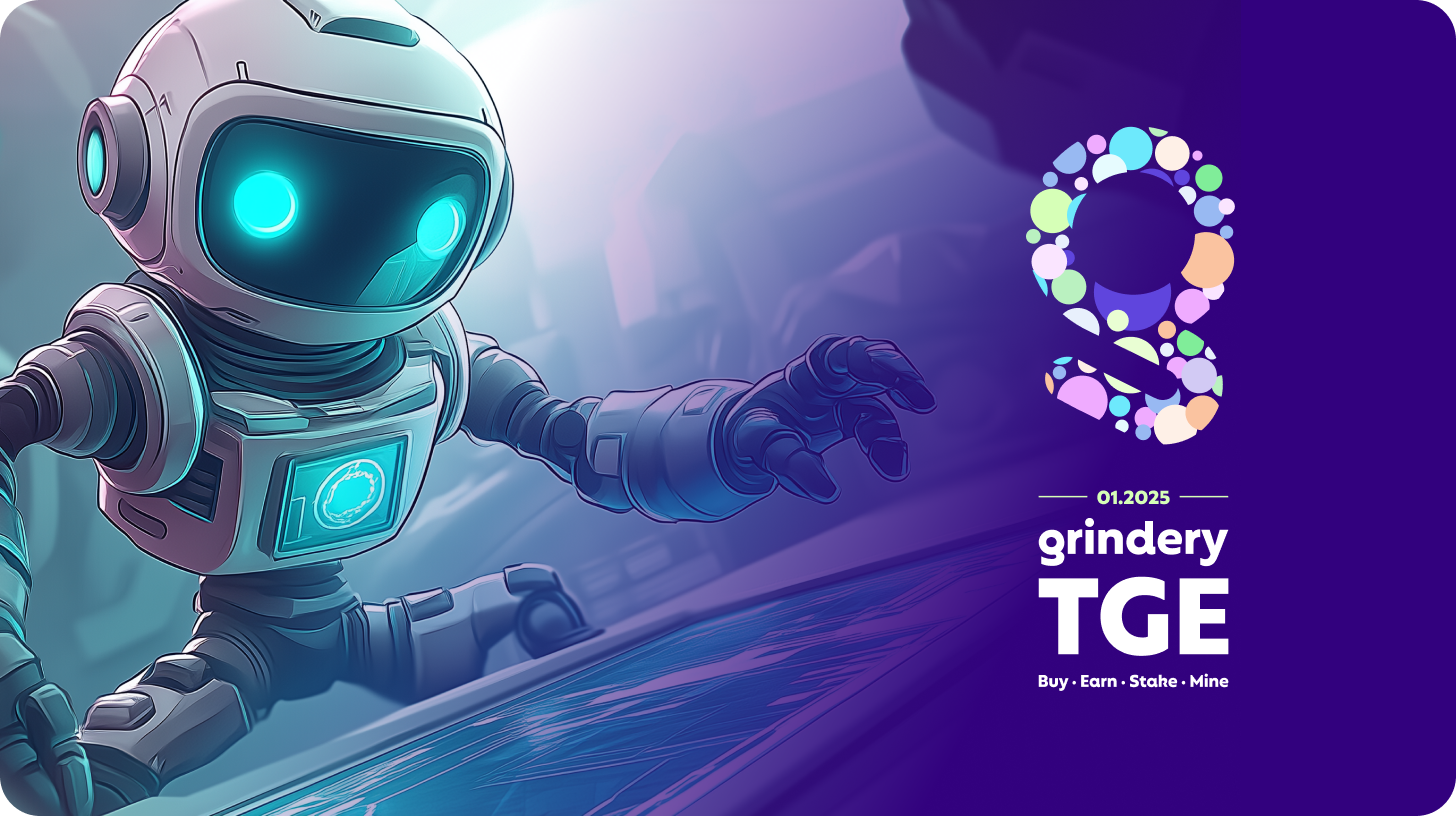
Integration has come a long way, evolving from manual in-house processes to robust platforms that simplify system connections. Initially dominated by middleware for large enterprises, the integration landscape was transformed by the advent of Integration Platform as a Service (iPaaS). This paradigm shift introduced platforms like Mulesoft for enterprises and Zapier for small-to-medium businesses, democratizing integration through code-free interfaces. Open-source alternatives like n8n have furthered this revolution, making integration accessible to broader audiences.
While iPaaS has simplified integration, its centralized nature and incompatibility with Web3 technologies pose limitations. Grindery, by contrast, reimagines integration as blockchain-native, decentralized, and open to a multichain future. This perspective represents the next leap in the evolution of integration platforms.
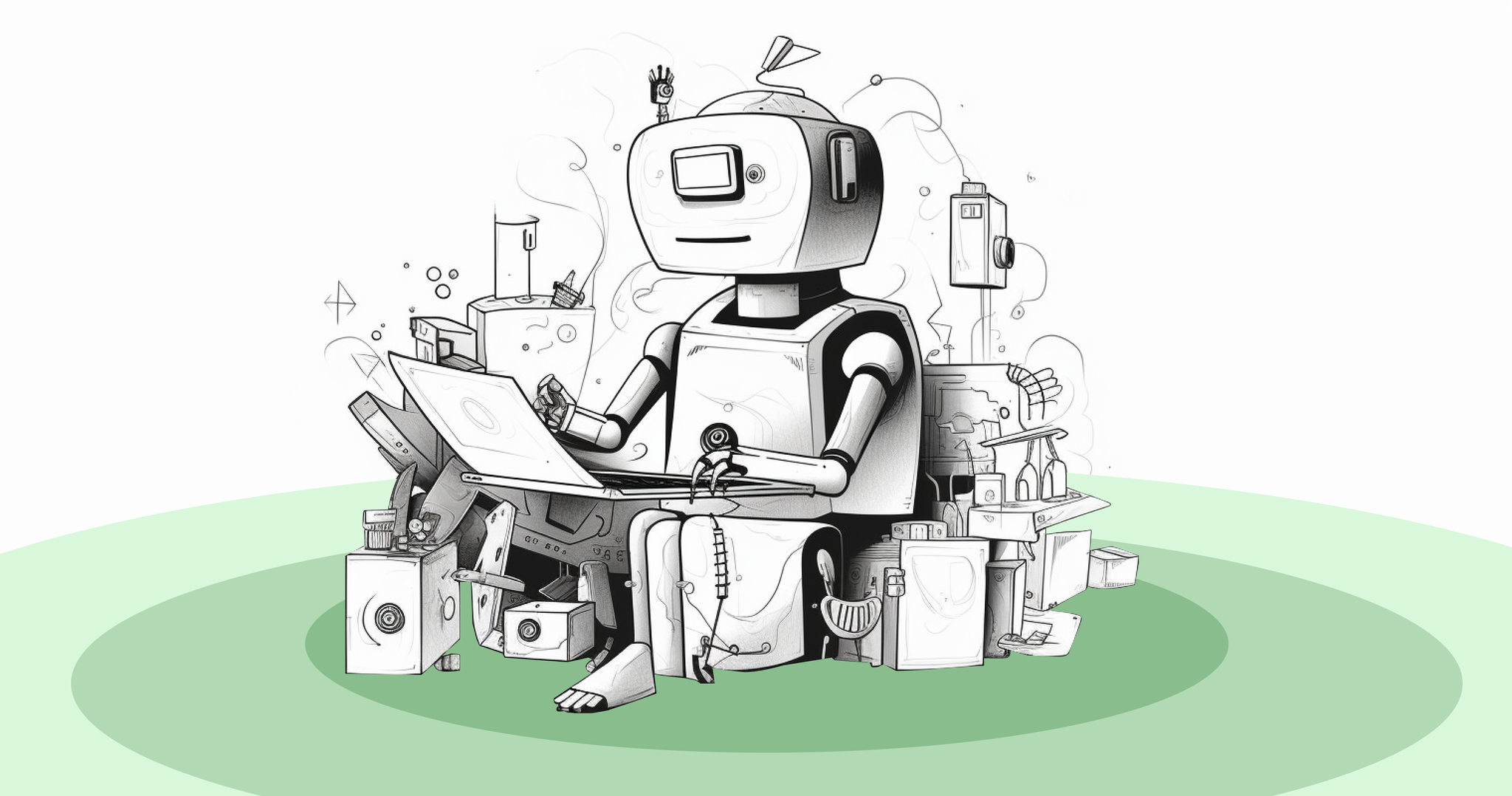
Limitations of Centralized Integration Platforms
Current platforms lack the ability to operate autonomously, monetize integrations, or align with decentralized technologies. Without features like crypto wallets or on-chain identities, integrations remain tied to centralized systems, restricting access to the rapidly growing Web3 market. Platforms like Grindery address these limitations by leveraging blockchain's core strengths: decentralization, interoperability, and autonomy.
Enter the Age of Autonomous Agents
Grindery envisions a system of autonomous agents designed to execute workflows on a decentralized network of public nodes. These agents, akin to "decentralized autonomous chatbots" (DACs), operate independently, manage crypto wallets, and interact with on-chain assets. Powered by Trusted Execution Environments (TEEs), they ensure secure and reliable operations while enabling advanced use cases like generating income, transferring ownership as NFTs, and creating decentralized economies.
Grindery goes beyond simplifying integration; it empowers these agents to function as active participants in the Web3 ecosystem, bridging automation with blockchain economics.
Common Goals: Making Integration, and Smart Automation Effortless for Everyone
Both traditional iPaaS platforms, AI Agents and Grindery share a commitment to simplifying integration. Grindery, however, takes this further by embedding its tools into familiar environments like Telegram. For instance, the Grindery Wallet integrates seamlessly into the messaging app, offering a secure and user-friendly way to access blockchain technology without needing deep technical expertise.
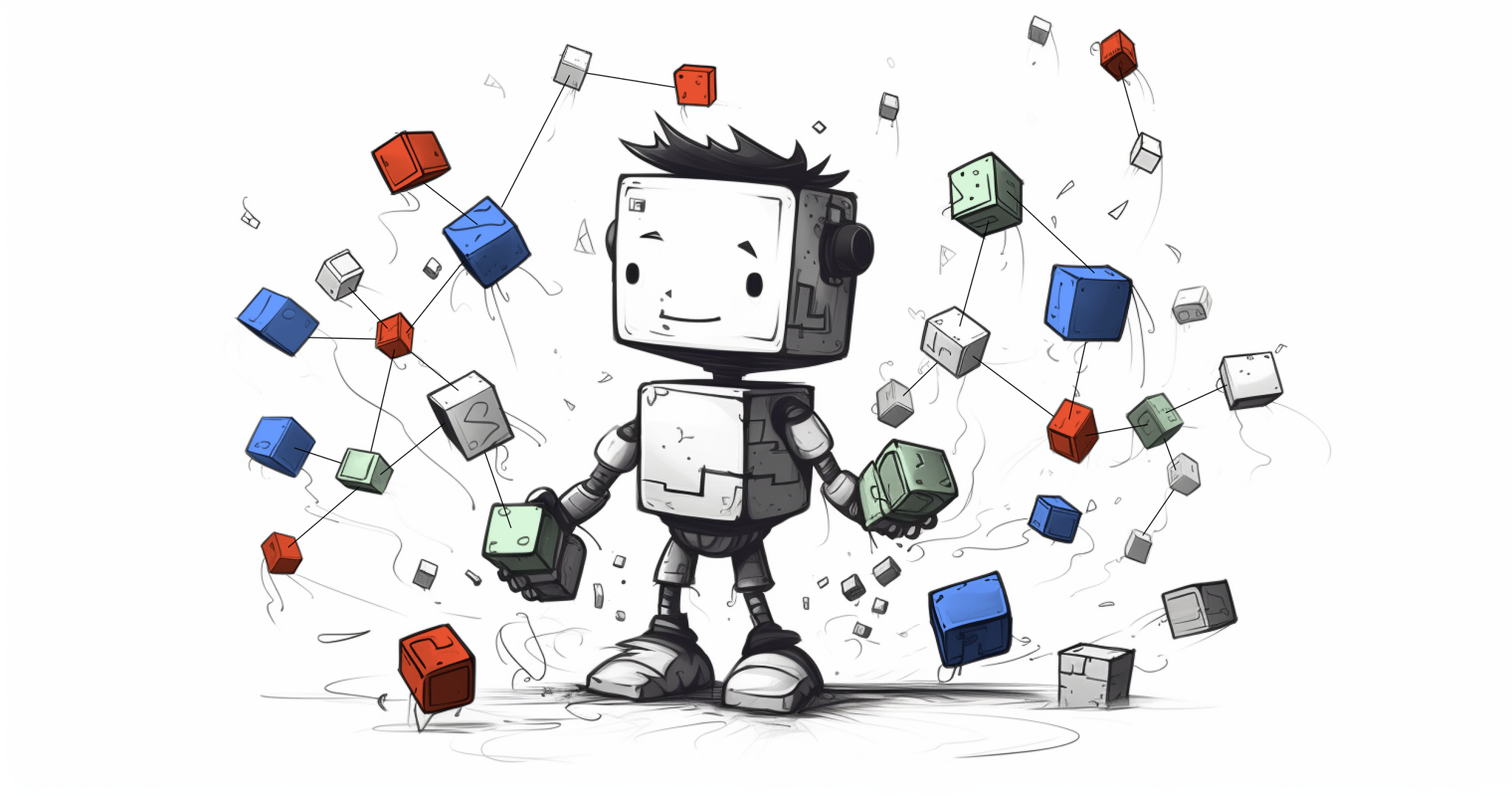
A New Frontier: Decentralized Automation
Unlike iPaaS platforms focused on centralized task automation, Grindery’s agents operate independently, opening up new possibilities. They interact with decentralized apps, manage assets, and participate in tokenized ecosystems, turning automation into a value-generating activity. By enabling such autonomy, Grindery aligns with the principles of Web3, empowering users with greater control and flexibility.
Final Thoughts: How Grindery will play an important role in shaping the Future of Integration
Grindery is not just refining integration—it is reshaping it for the decentralized era. With blockchain-native tools, autonomous agents, Ai, and a multichain wallet ecosystem, it bridges the gaps left by existing platforms. This vision aligns with Grindery's mission to make Web3 technology accessible, secure, and intuitive, paving the way for autonomous digital systems to thrive in a decentralized future.
By embedding this philosophy into its product ecosystem, Grindery is poised to lead the charge in redefining what integration and automation can achieve in the blockchain age.
